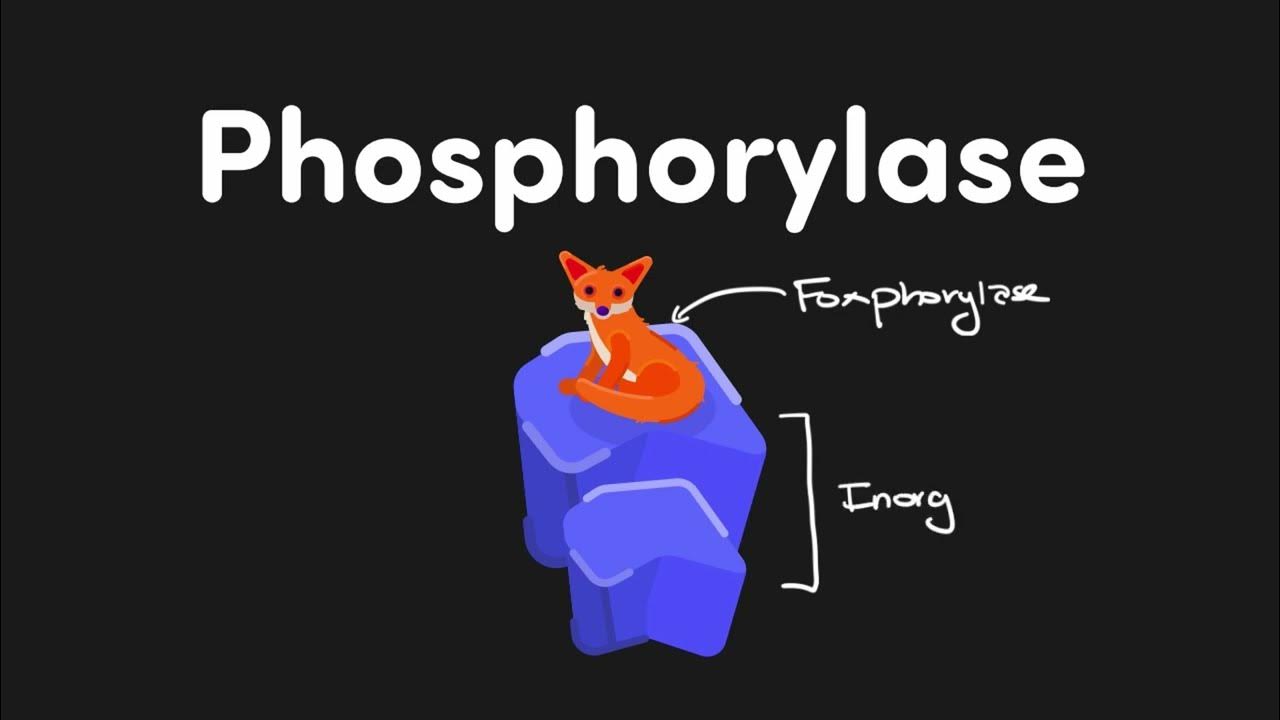Mikrobiologi Dasar - Uji Aktivitas Biokimia
Summary
TLDRThis transcript provides an in-depth overview of the Biochemical Activity Test, exploring the processes microorganisms undergo to break down complex and simple nutrients. It covers various tests such as carbohydrate fermentation, protein decomposition, and amino acid breakdown, focusing on their principles, procedures, and positive results like color changes or gas formation. The script includes detailed descriptions of tests such as the Indole test, citrate utilization, and catalase test, explaining their significance in microbial identification. Overall, the video guides users through a series of biochemical tests to identify microbial characteristics and metabolic capabilities.
Takeaways
- 😀 Microorganisms require both complex and simple nutrients for growth, with complex substances being broken down into simpler forms through biochemical processes.
- 😀 Biochemical activity tests are designed to examine the fermentation, decomposition, and respiration abilities of microorganisms.
- 😀 The carbohydrate fermentation test distinguishes bacteria that can ferment sugars into acids, producing organic acids and/or gases (e.g., CO2).
- 😀 The Triple Sugar Iron Agar test helps identify enteric bacteria by testing their ability to ferment glucose, lactose, and sucrose and produce gases or hydrogen sulfide (H2S).
- 😀 The Indole test detects bacteria that can use tryptophan as an energy source, producing a red ring in the presence of Kovac's reagent.
- 😀 The Methyl Red (MR) test identifies bacteria that ferment glucose into mixed acids, causing a color change in the methyl red indicator to red.
- 😀 The Voges-Proskauer (VP) test detects bacteria that ferment 2,3-butanediol, producing a pink color upon reaction with alpha-naphthol and potassium hydroxide.
- 😀 The Citrate Utilization test identifies bacteria capable of using citrate as the sole carbon source, resulting in a color change from green to blue in the medium.
- 😀 The Hydrogen Sulfide (H2S) test detects bacteria that produce H2S from amino acids like cysteine, forming a black precipitate in the medium.
- 😀 The Polysaccharide Hydrolysis test detects bacteria with amylase activity, breaking down starch into maltose and glucose, which is observed through a clear zone after iodine is added.
- 😀 The Catalase test identifies bacteria that produce the enzyme catalase, which breaks down hydrogen peroxide into water and oxygen, producing bubbles.
- 😀 The Gelatin Hydrolysis test identifies bacteria that produce gelatinase, liquefying the medium by breaking down gelatin.
Q & A
What is the purpose of conducting a Biochemical Activity Test?
-The Biochemical Activity Test is conducted to assess how microorganisms process different nutrients, which can include fermentation, decomposition, hydrolysis, and respiration. It helps in identifying microbial capabilities, particularly in their ability to break down complex nutrients.
Why is it necessary to conduct a biochemical activity test for microorganisms like molds, yeasts, and viruses?
-Conducting biochemical activity tests for microorganisms such as molds, yeasts, and viruses is essential to understand their metabolic pathways, which are critical for identification and understanding their environmental interactions and pathogenic potentials.
What are the key tests included in the Biochemical Activity Test for carbohydrates?
-The key tests for carbohydrates in the Biochemical Activity Test include carbohydrate fermentation (glucose, lactose, sucrose), methyl red test, Voges-Proskauer test, and polysaccharide hydrolysis.
How does the carbohydrate fermentation test work?
-The carbohydrate fermentation test works by testing whether bacteria can ferment sugars such as glucose, lactose, or sucrose. If fermentation occurs, organic acids and gases are produced, resulting in a color change (e.g., from green to yellow) and/or gas formation in the Durham tube.
What is the difference between the carbohydrate fermentation test and the methyl red test?
-The carbohydrate fermentation test checks for acid production through fermentation of sugars without specifying the type of acid, while the methyl red test identifies mixed acid fermentation, where the medium's pH drops drastically, turning the methyl red indicator red.
What is the purpose of the Indole test in biochemical activity?
-The Indole test identifies bacteria that can utilize tryptophan as an energy source. The test involves adding Kovac's reagent to a bacterial culture in SIM medium, where a red ring indicates a positive result, confirming the ability to use tryptophan.
How does the Voges-Proskauer test differ from the methyl red test?
-The Voges-Proskauer test identifies bacteria that ferment glucose into 2,3-butanediol, whereas the methyl red test detects mixed acid fermentation. The Voges-Proskauer test produces a red color upon adding alpha-naphthol and potassium hydroxide, while the methyl red test turns red in the presence of mixed acids.
What does the citrate utilization test reveal about microorganisms?
-The citrate utilization test assesses whether a microorganism can use citrate as its sole carbon source. If positive, the pH of the medium increases, causing the indicator bromthymol blue to change from green to blue.
What is the purpose of the H2S and motility test?
-The H2S and motility test helps identify bacteria that produce hydrogen sulfide (H2S) and can move. H2S is detected as a black precipitate in SIM medium, while motility is indicated by the spread of bacterial growth.
What are the indicators of a positive result in the polysaccharide hydrolysis test?
-A positive result in the polysaccharide hydrolysis test is indicated by the absence of a blue color when iodine is added to the medium. This occurs after polysaccharides like starch are broken down into monosaccharides or disaccharides by enzymes like amylase.
Outlines

此内容仅限付费用户访问。 请升级后访问。
立即升级Mindmap

此内容仅限付费用户访问。 请升级后访问。
立即升级Keywords

此内容仅限付费用户访问。 请升级后访问。
立即升级Highlights

此内容仅限付费用户访问。 请升级后访问。
立即升级Transcripts

此内容仅限付费用户访问。 请升级后访问。
立即升级5.0 / 5 (0 votes)






